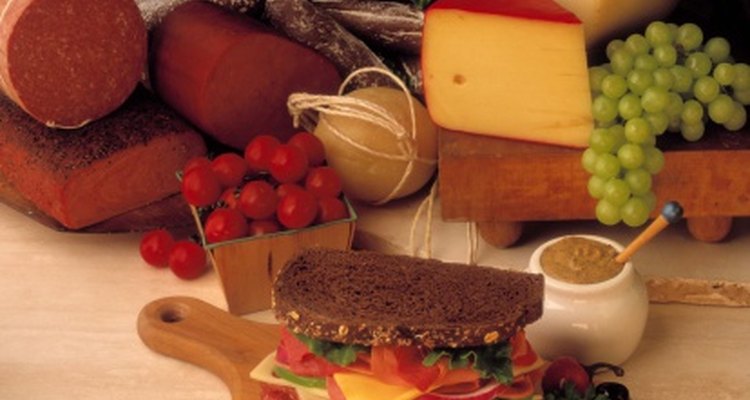
Pumpernickel flour is a healthier version of rye flour because it contains the entire rye berry. Rye flour is to pumpernickel flour what refined white flour is to whole wheat flour. The only ingredient in pumpernickel flour is coarsely ground rye berries. With a grain mill, make your own pumpernickel flour for preparing pumpernickel bread or Boston brown bread at home. Because pumpernickel flour is low in gluten, wheat flour is added to some pumpernickel bread recipes to give the bread a chewy texture and help it rise.
Add to the grain mill hopper as instructed 1/2 cup of rye berries.
Set the mill to a coarse grind.
Process the rye berries according to the manufacturer's instructions for your grain mill.
Use the coarsely ground rye berries - pumpernickel flour - in your recipe immediately. Freeze any leftovers in an airtight container for up to three days.
Related Articles

Psyllium Husk & Gluten

How Long Does Banana Bread Stay Fresh?
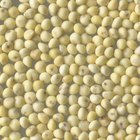
How to Cook Millet Meal
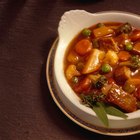
How to Cook Stew in a Slow Cooker

How to Replace Flour With Oat Flour
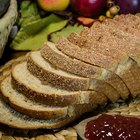
How to Substitute Wheat Germ for Flour

Substitute for Gram or Besan Flour

How to Make Toasted Bread Sticks With ...

What Is the Nutritional Value of Wheat?

How to Make Fresh Strawberry Frosting ...

How to Make a Lip Mask for Extremely ...
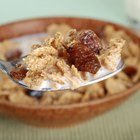
Calories in a Bowl of Raisin Bran Cereal
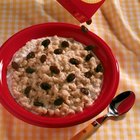
How to Make Quaker Oatmeal

How to Cook Couscous With Chicken Broth

Is Teff Flour Gluten-Free?
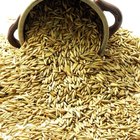
How to Store Oat Bran

How to Freeze Brioche

Can I Make Doughnuts From Frozen Yeast ...

Can You Make Dumplings With Corn Starch?

Can You Use Vegetable Oil Instead of ...
References
- Bread Machine Digest: Milling Your Own Flour The Hows and Whys
- Exploratorium: Ask the Inquisitive Cooks - "What's The Difference Between Pumpernickel and Rye?"
- "The Book of New England Cookery"; Judith Jones, et al.; 2006
Photo Credits
Jupiterimages/Comstock/Getty Images